
Paradise Shelduck
Tadorna variegata
Also known as: Putangitangi


Tadorna variegata
Also known as: Putangitangi

The paradise shelduck, or pūtangitangi in Māori, is a striking native bird found throughout New Zealand. Larger than a typical duck but smaller than a goose, this colorful waterfowl is a common sight in both rural and urban areas. Its distinctive appearance and loud calls make it a favorite among birdwatchers and casual observers alike.
1. Striking sexual dimorphism: males dark, females chestnut with white heads
2. Large size and upright posture, more goose-like than typical ducks
3. Loud, distinctive calls: male's deep ""zonk-zonk"", female's ""zeek-zeek""
Paradise shelducks mate for life, often seen in pairs or family groups. They breed from August to October, with both parents fiercely protecting their young. During their summer molt (December to February), they gather in large flocks near water, becoming flightless for several weeks. While populations are currently stable, they face threats from habitat loss and hunting.
Look for paradise shelducks in open grassy areas throughout New Zealand, from rural pastures to urban parks and sports fields. They're active throughout the day but are especially visible during early morning and evening when feeding. In summer, watch for large flocks gathering near water bodies for their annual molt. Tip: Listen for their loud calls, which often give away their presence before you spot them.
Known as pūtangitangi in te reo Māori, the paradise shelduck has long been part of New Zealand's landscape and culture. It features in Māori folklore and was traditionally hunted for food. Today, it's a popular game bird but also a protected species, symbolizing the balance between conservation and sustainable use of natural resources.
67 cm
1550 g
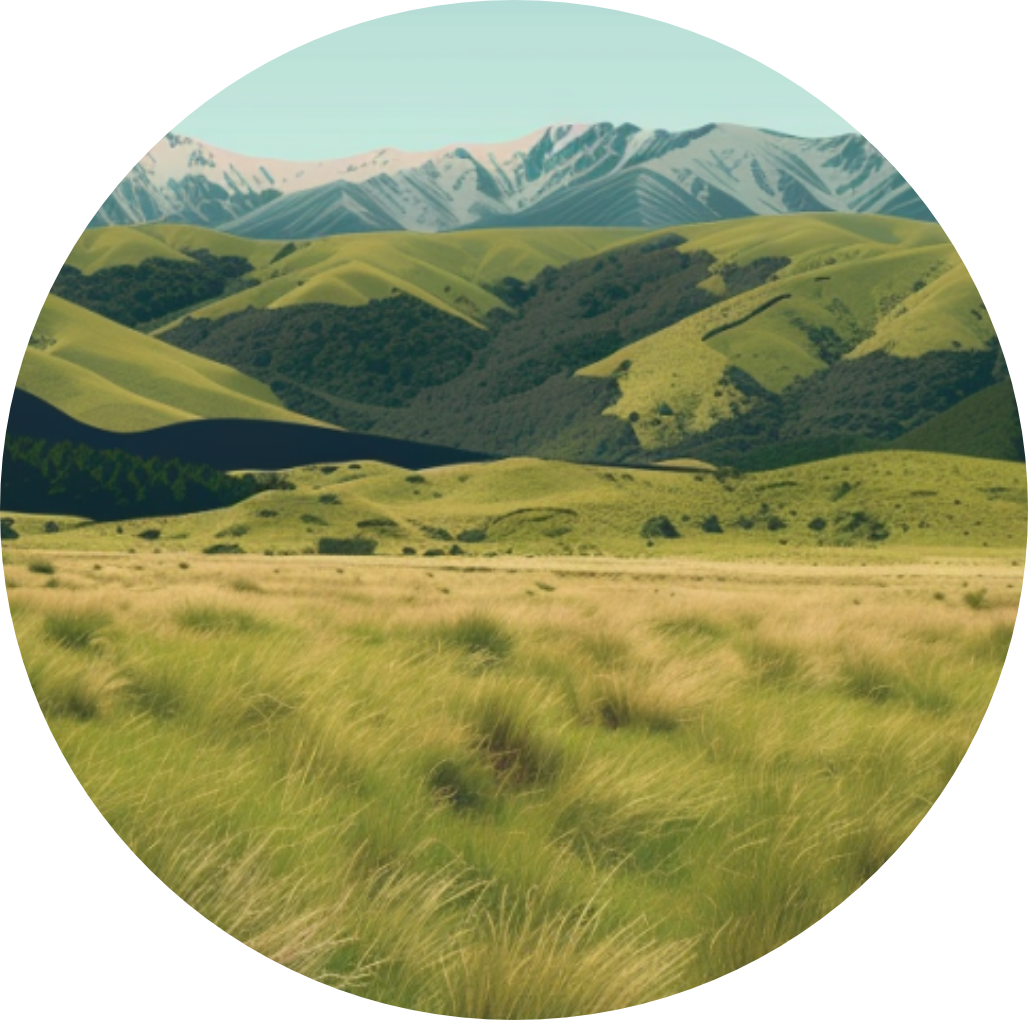
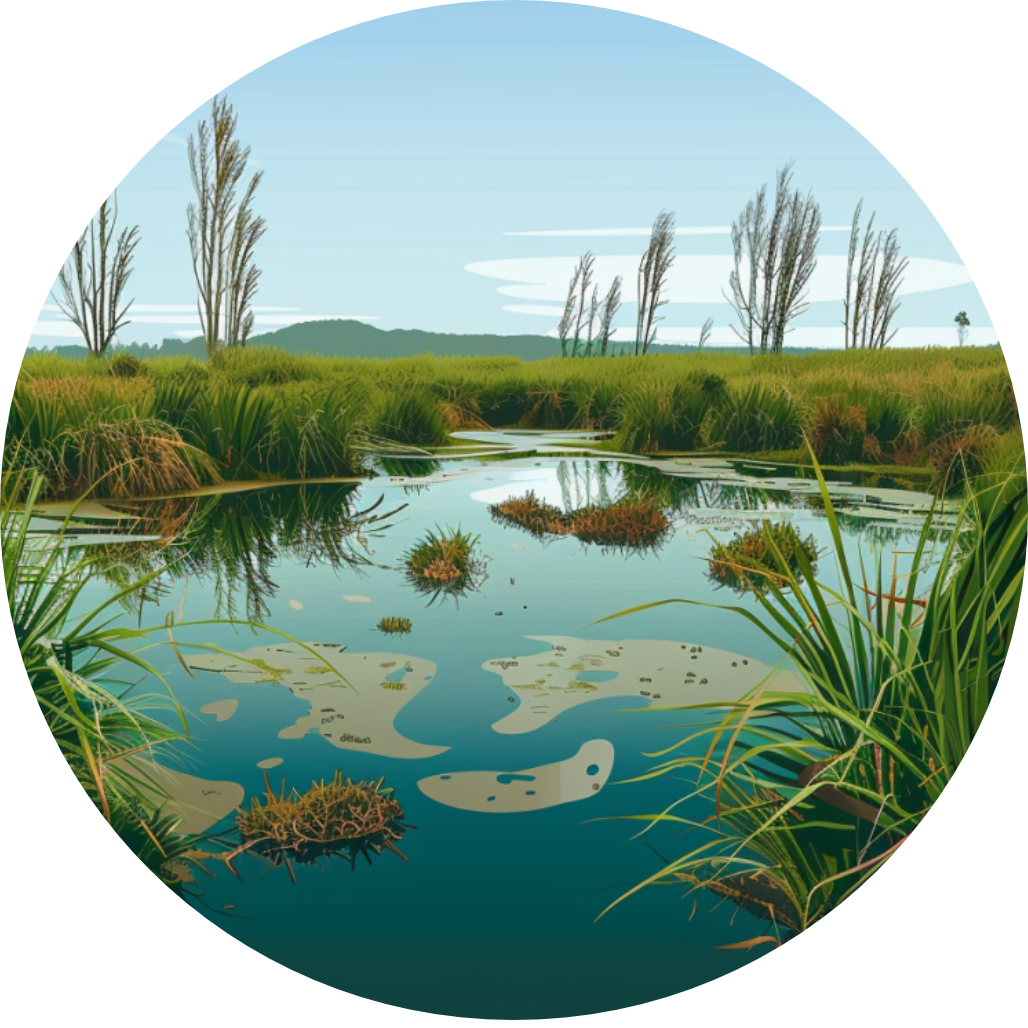
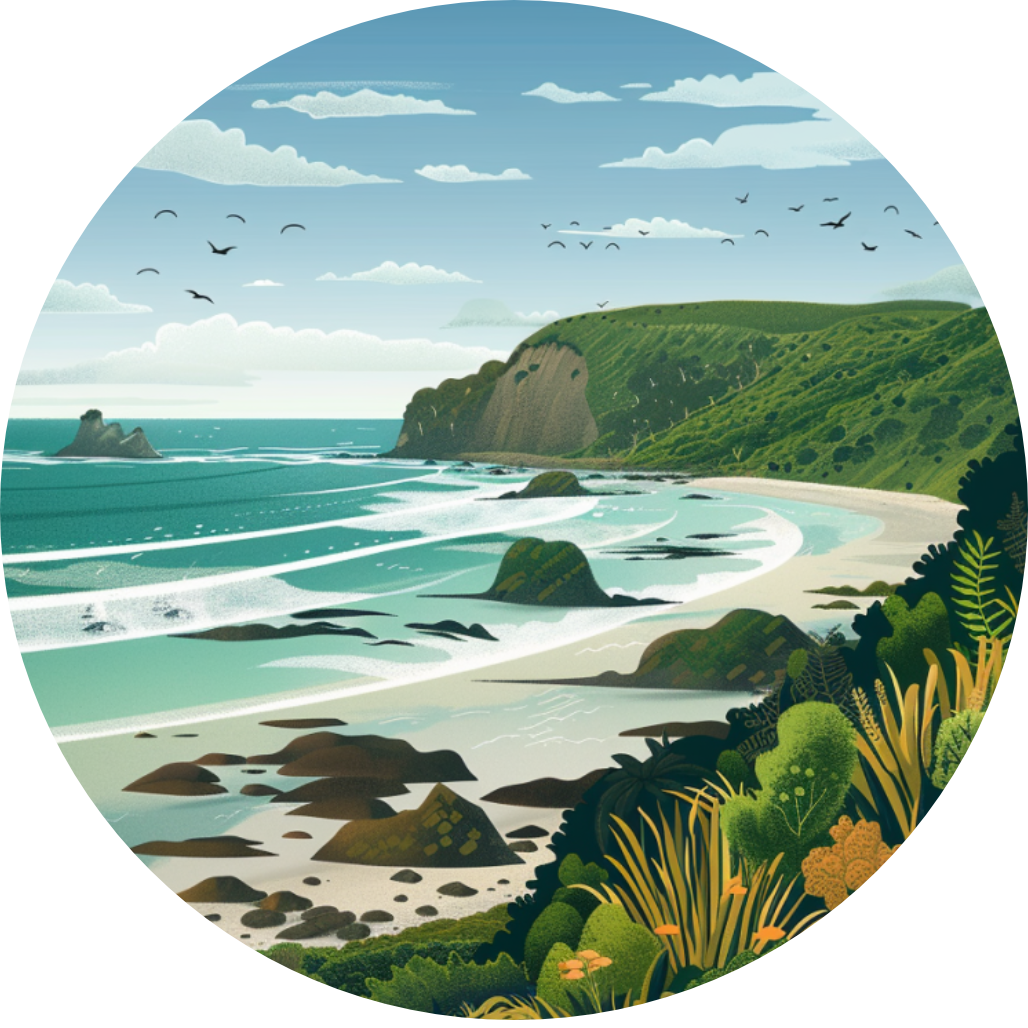
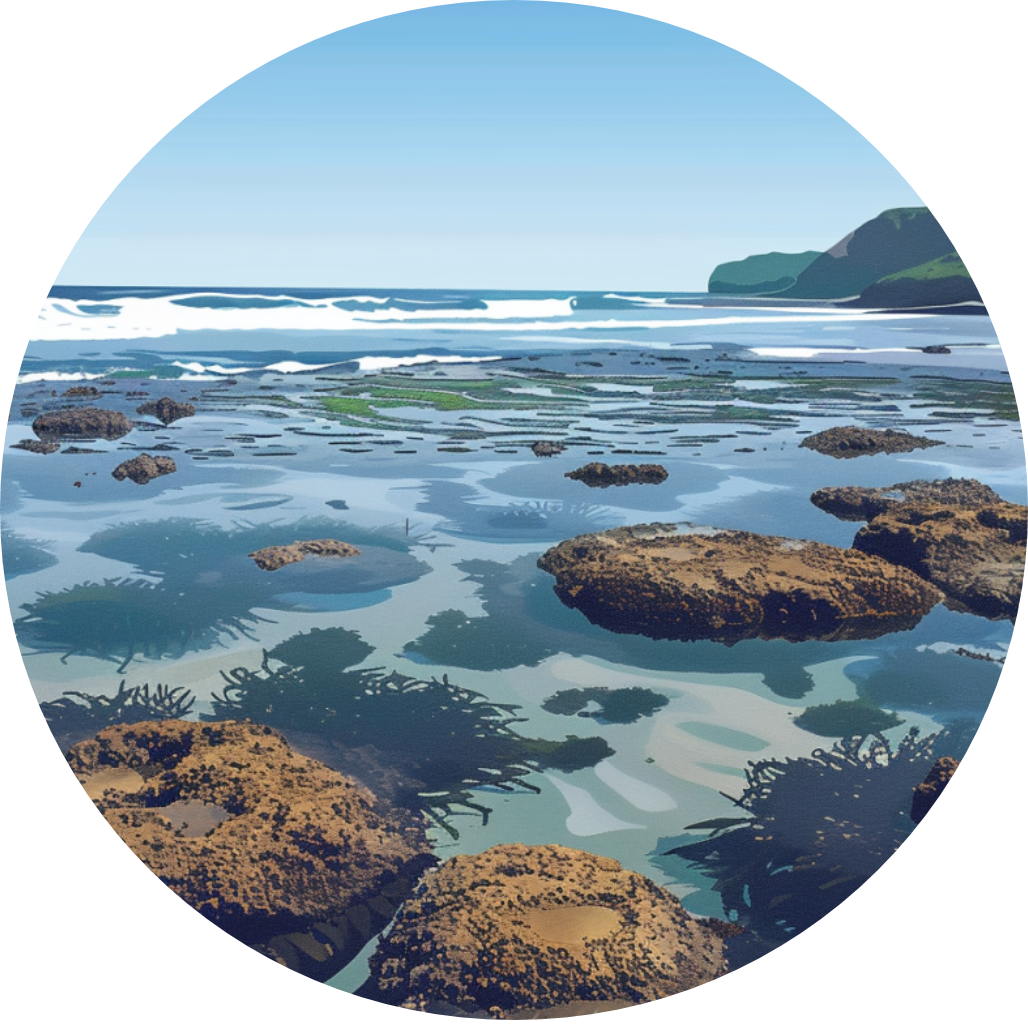
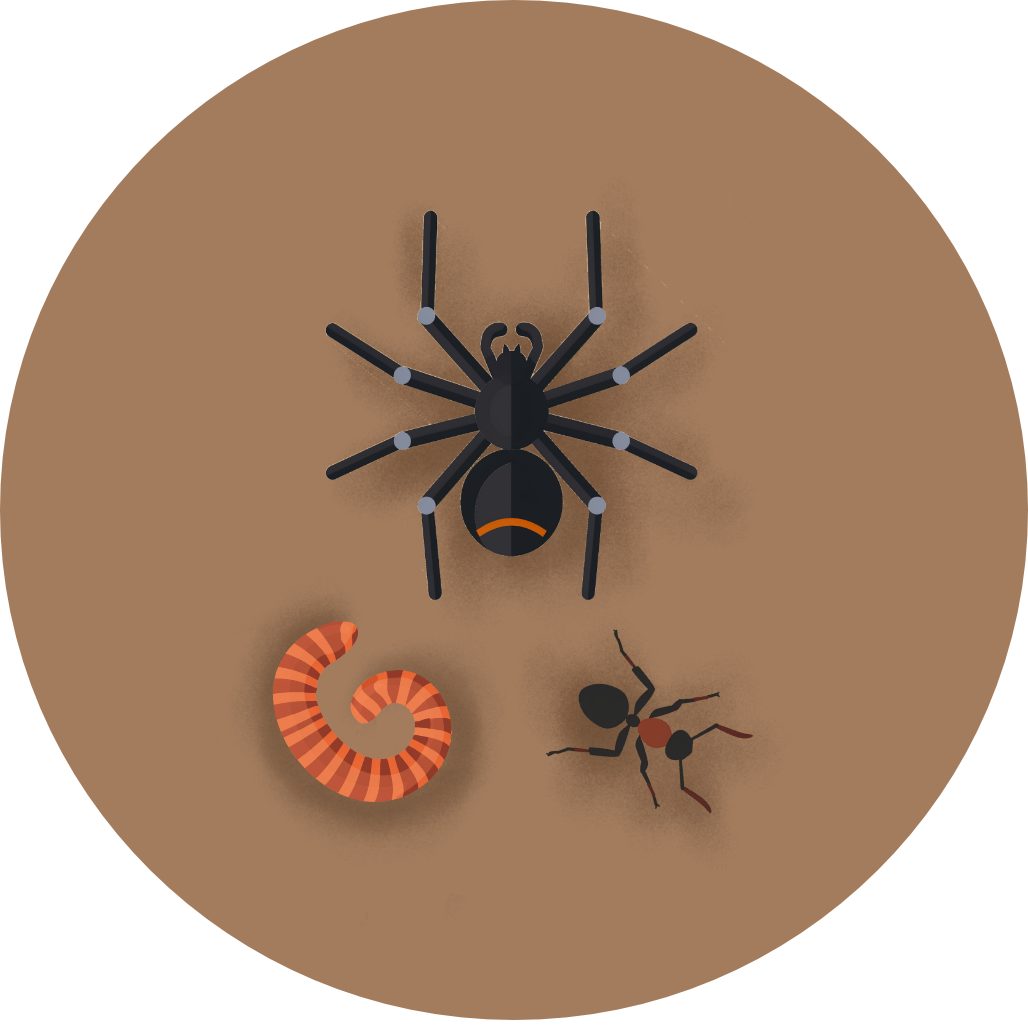
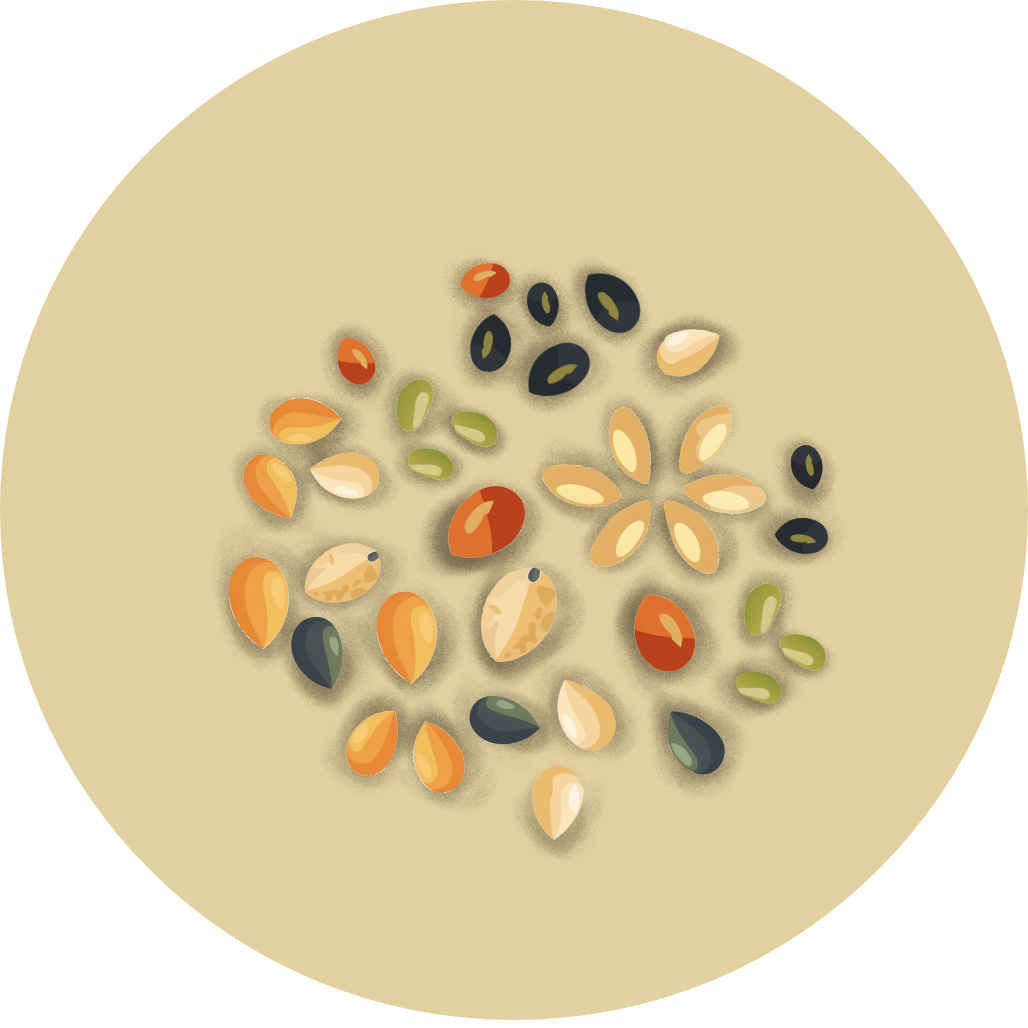

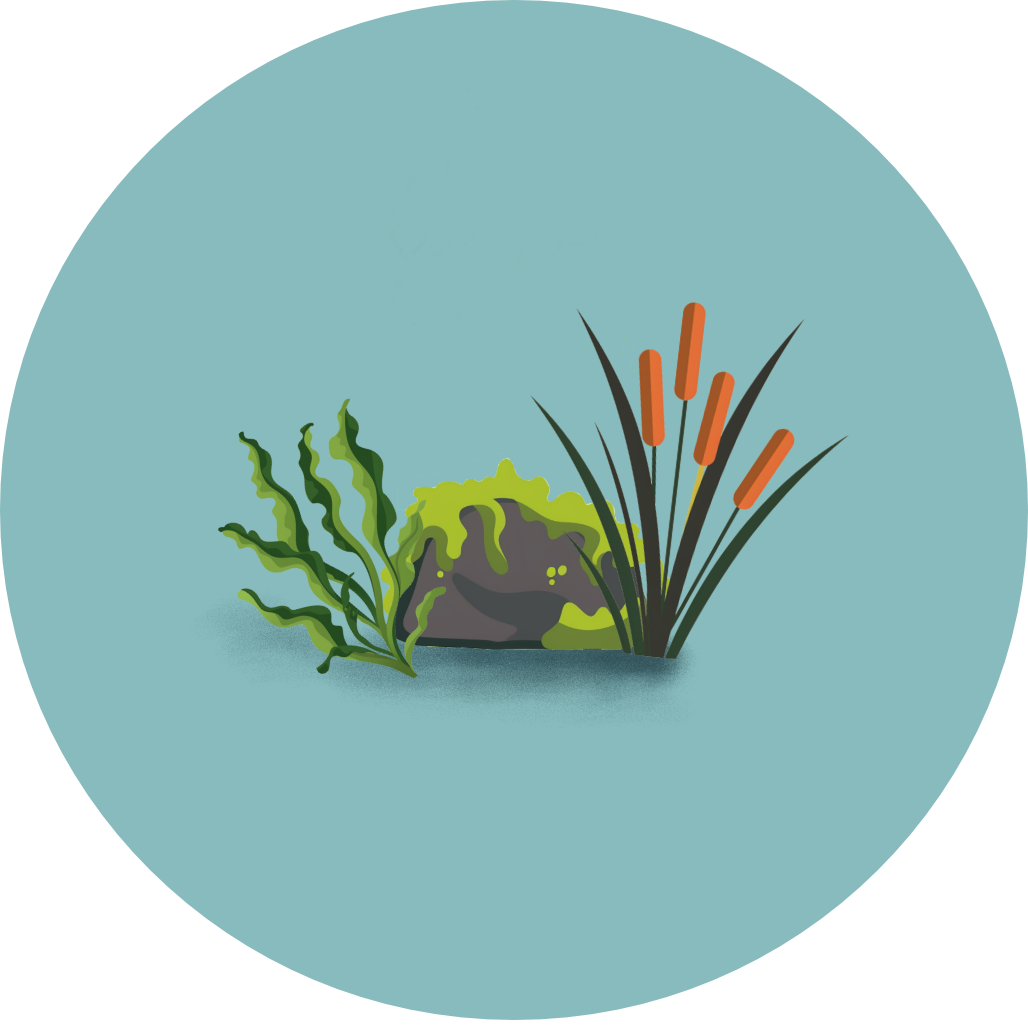
Coming Soon!
Top birding locations will be available in a future update.